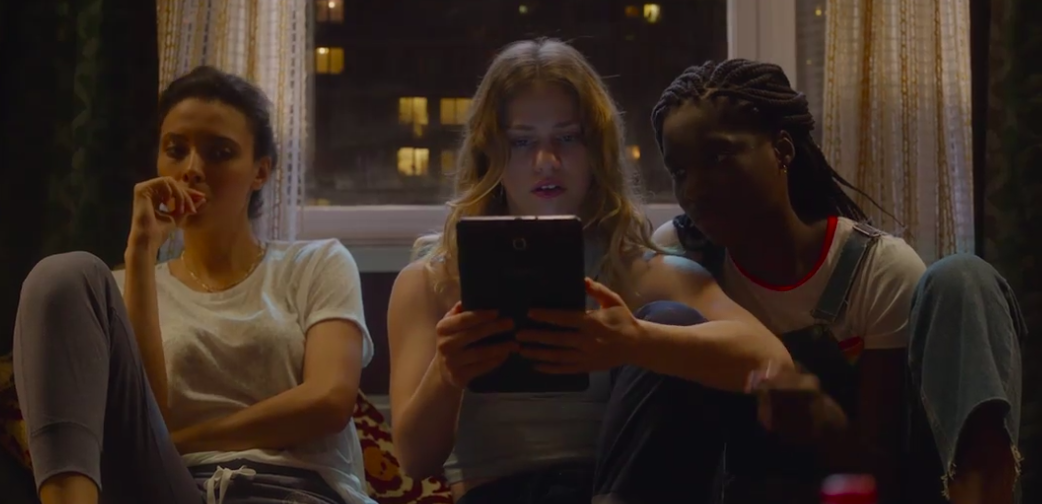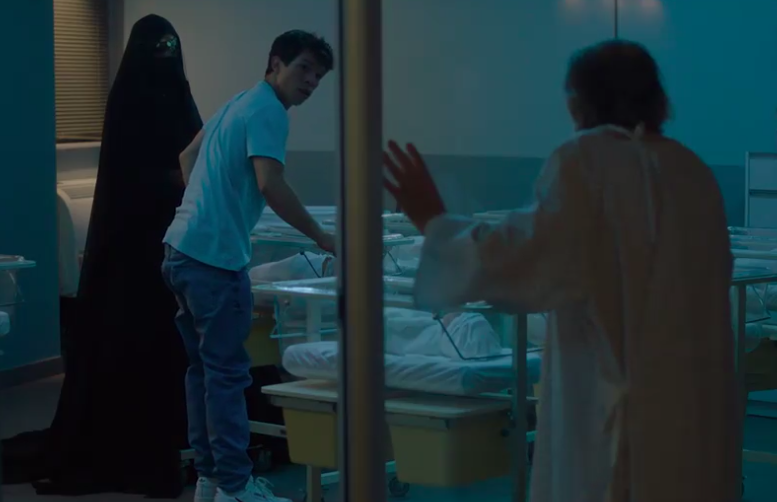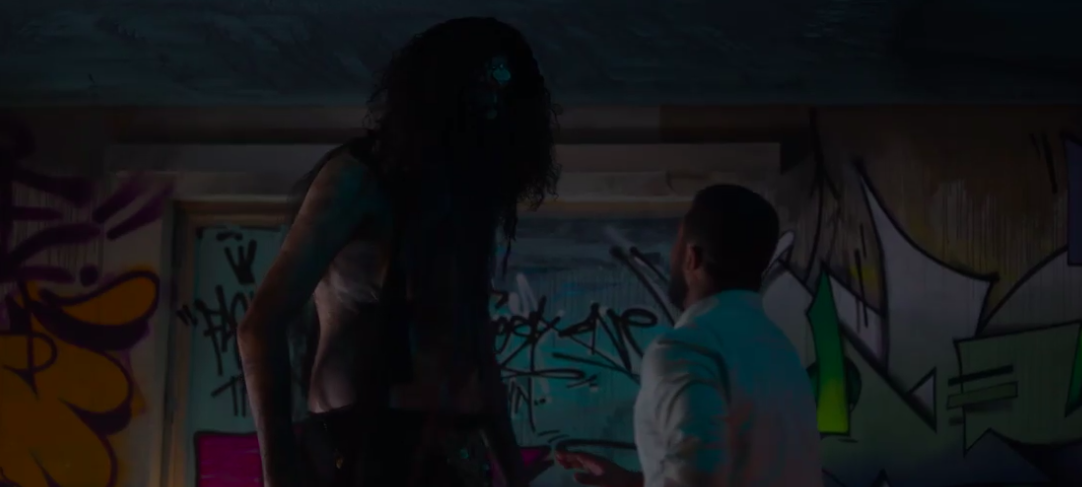Kandisha (2020)
November 2, 2022

Synopsis
Amélie, Bintou and Morjana are working-class teenagers trying to make the best of their summer break. When Amélie is assaulted she calls out to a force from Moroccan folklore: Aicha Kandisha, a vengeful man-killing spirit. Unfortunately, Aicha Kandisha won't stop at just the man who inspired the summoning.

The characters
The characters are where this movie stumbles quite a bit, unfortunately. Most of the story is focused on Amélie but it shifts between the three main characters so often that she winds up feeling very diluted and no one feels very fleshed out (particularly Morjana). It can be hard to strike a balance between total mystery and overly-expository but this movie leans toward mystery to its detriment. Character history is hinted at but unimportant. What killed Morjana and Abdel's parents? Why are Amelie and Antoine's parents used as a punchline? I was once a rebellious and troublesome teenage girl so I was primed to connect with these characters, but either there's nothing there or my stinky American brain just can't make sense of what's provided.
The story
France has a pretty fucking bad Islamophobia problem if you weren't aware, and as far as I know the filmmakers are neither Muslim nor people of color, so it's difficult not to look askance at their choice to make a movie so deeply wedded to colonialism and Islam.
Where this movie had the most potential was its class and racial commentary. The most obvious read is that a white woman gets assaulted and multiple men of color pay for it with their lives (All but one of the men who die in this movie are non-white), but there's an interesting rub to it: Kandisha is explicitly described as not just a random killer, but an anti-colonial* historical figure who killed Portuguese soldiers in Morocco. Despite the legend claiming she’s taking revenge for the murder of her husband, she’s also described as assisting and avenging women in need.
So they took what was an objectively cool legend- a Moroccan woman who lost her husband and/or family to foreign invaders and seduced these soldiers so they could be killed- and decided she should be a killer ghost. Not just a killer ghost, either, but an indiscriminately bloodthirsty ghost who will kill children and people who are only tangentially linked to the summoner. Even though she should be regarded as a heroic figure her legacy has been twisted into that of an evil spirit who can only be stopped by the death of nine men or the woman who summoned her. This version of her- combination anti-colonial warrior, helper of abused women, and bloodthirsty killer- is certainly an...interesting take.

Incidentally, I couldn’t find a single source that says she helps abused women. In fact, every single source I found paints a picture of, essentially, a child-free La Llorona: a volatile water-adjacent spirit that seduces and kills men, though one major difference from La Llorona is that Aicha Kandisha can (according to some variations of the legend) be appeased, bargained with, and even married (though of course that comes with some conditions). She can be appealed to for wealth, removal of curses and spells, and magical powers. But you know what’s glaringly absent from her myth? Women. While I’m sure this is primarily caused by your usual patriarchal nonsense, it is noteworthy that her interactions revolve around men and there’s not a single mention I could find of helping women specifically, let alone abused women.
Sadly, the various topics this movie aims at- class, race, misogyny, colonialism- don't get enough time or respect and ultimately fall flat. As the deaths feel more and more tacked-on the messaging is pushed aside for the sake of resolving the story, and the characters rarely feel like much more than paper dolls.

The Good Stuff™
Despite all my problems with it, Kandisha had a few things I really liked:
- I am always inordinately excited to see a non-Christian exorcism, and I love me some djinn lore.
- I particularly liked the scenes with the mystic/rogue imam; As soon as I saw the Seal of Solomon my interest was extremely piqued.
- Kandisha's appearance rules. I love that she gets more and more bestial as the movie progresses. Going from this chilling and ominous but ultimately pretty petite and unassuming ghost-like thing to the towering goat-thing she ends as just made me so happy.
- The soundtrack is pretty baller.
Closing thoughts
I think how you interpret Kandisha shapes the meaning of the rest of the movie, so you must first figure out what she represents to you. Is she purely a symbol of violent revenge? The collateral damage of vengeance? Racial violence? Islamic superstition? Feminist rage???? Is she a cautionary tale about people getting swept up in murderous witch hunts? A warning to all men oppressing women generally and hijabi specifically? Is this a post-MeToo anti-feminist screed about men’s lives being ruined by sexual assault accusations? Maybe she’s a reminder that racialized violence doesn’t care about your social class. Maybe she’s just a shitty caricature from a country notorious for both systemic and structural hatred of Muslims.
As Paste Magazine's Natalia Keogan much more skillfully put it:
“There is a subtle hint of Islamophobia inherent in the premise of the entity terrorizing this French city being a Arabic woman donning religious garb, as it immediately brings forth recent legislative restrictions in the country involving what Muslim women can and can’t wear in a “secular” environment. Unlike Cohen-Olivar**, Maury and Bustillo have the distinction of not hailing from the country they are borrowing folklore from, relegating some of the film’s engagement with the legend and how it intersects with Islamic practice to sensationalistic and shaky ground. Their efforts to superficially engage with the Moroccan-sourced mythology of Kandisha also can’t salvage the dismissal of her initial struggle against Western rule—a throughline which could have brought forth an engaging discussion of France’s imperial past and current xenophobia.”Couldn’t have said it better myself.
Content warnings
Animal death, sexual assault/attempted rape.